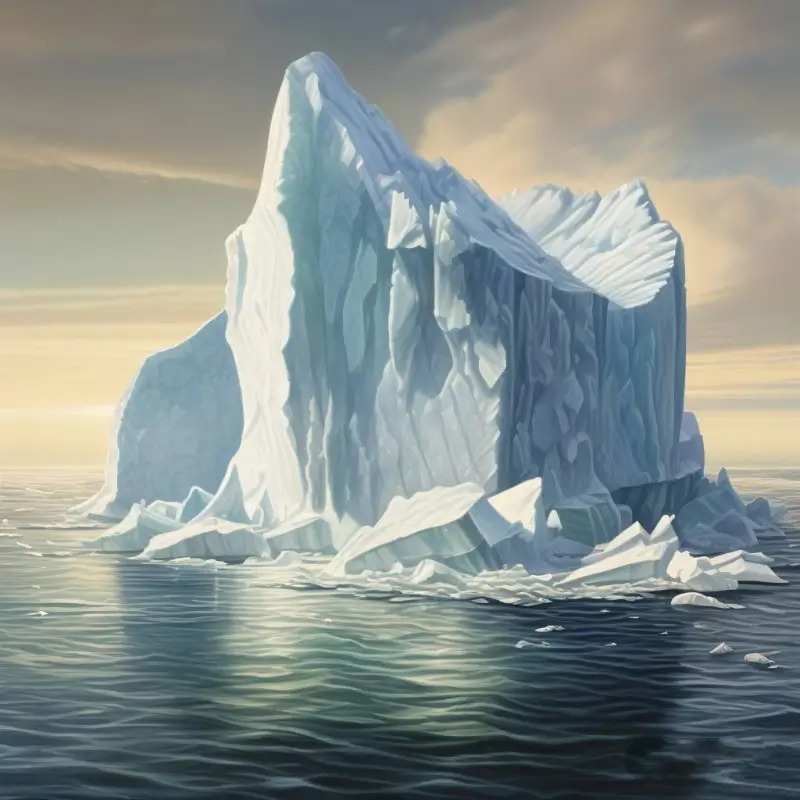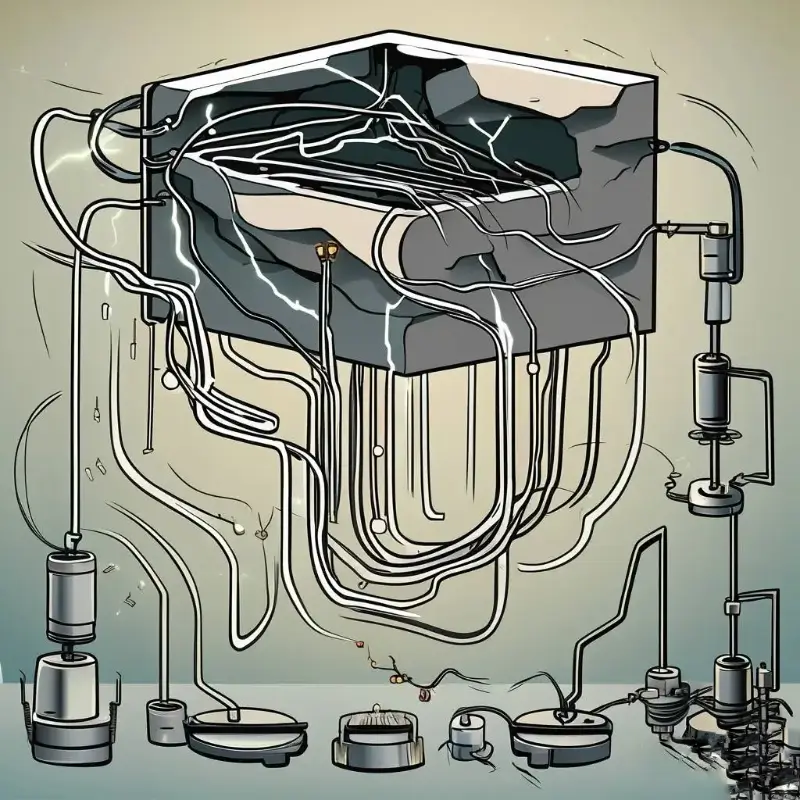why is ice less dense than water?
Ice is less dense than water due to the unique properties of water molecules and how they arrange themselves when transitioning from a liquid to a solid state. Here’s a detailed explanation:
Water molecules consist of one oxygen atom and two hydrogen atoms bonded together. These atoms are held together by covalent bonds, but there’s also a phenomenon called hydrogen bonding between water molecules. Hydrogen bonding is a relatively strong intermolecular force that occurs when the slightly positive end of one water molecule (the hydrogen side) attracts the slightly negative end of another water molecule (the oxygen side).
In liquid water, these hydrogen bonds are constantly forming and breaking as the molecules move around freely. However, when water cools down and approaches freezing point, the movement of the molecules slows down. As water freezes into ice, the hydrogen bonds lock the water molecules into a rigid, hexagonal lattice structure known as a crystalline structure. In this configuration, each water molecule is bonded to four others, forming a sort of ‘cage’ around a central molecule.
Here’s the key part: the hydrogen-bonded arrangement of water molecules in ice creates more space between the molecules than exists in liquid water. This means that while the mass of the water remains the same when it freezes, its volume expands. Density is defined as mass per unit volume, so when volume increases and mass stays the same, the density decreases.
As a result, ice is less dense than liquid water, which is why ice cubes float in a glass of water and why lakes freeze from the top down (since the colder water sinks, but once it hits 4°C, it starts to expand as it gets closer to freezing). This unique characteristic of water is vital to life on Earth, as it allows aquatic creatures to survive beneath a layer of ice in cold climates.



